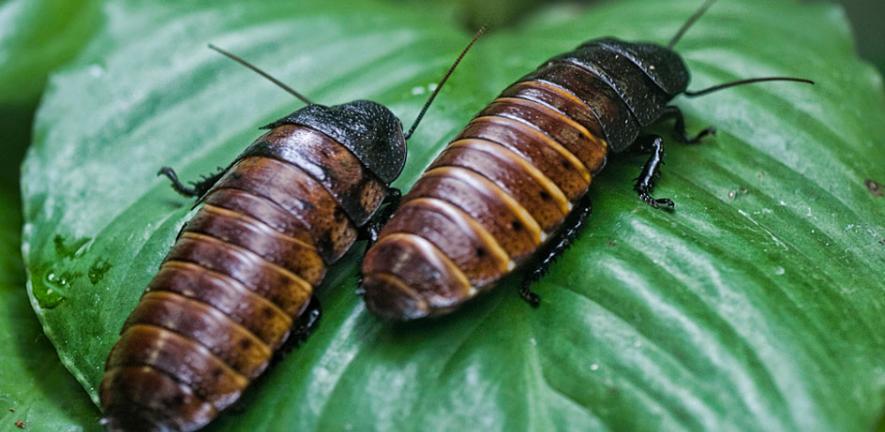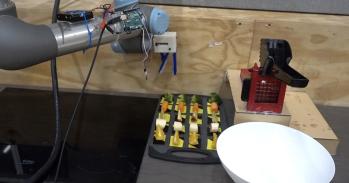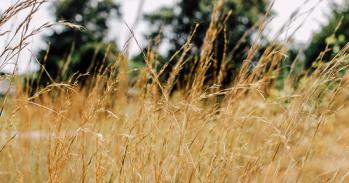
A breakthrough by scientists at Cambridge University may terminate the threat of termites, cockroaches and other pests such as ants and locusts - responsible for billions of pounds worth of damage to homes, crops and people's health across the globe each year.
A breakthrough by scientists at Cambridge University may terminate the threat of termites, cockroaches and other pests such as ants and locusts - responsible for billions of pounds worth of damage to homes, crops and people's health across the globe each year.
Surfaces at risk of infestation both inside and outside the home may benefit from the insect repellent coatings. From crop protection to pest-proof ventilation pipes, furniture and wellingtons, as well as insect-repellent food containers and baby bottles, the practical applications for use are endless - and hugely exciting.
Gillian Davis
A new type of cheap, durable, non-toxic and environmentally safe insect repellent coating has been designed by Jan-Henning Dirks, Christofer Clemente and Walter Federle at the University's Department of Zoology.
These surfaces 'trick' insect feet by making them lubricate themselves.
Insects are capable of clinging to almost any natural and artificial substrate by using an emulsion with properties similar to custard or ketchup. They secrete this fluid from pads located on the bottom of their feet.
When studying insect pads in detail, the zoologists discovered that the special surface coating changes the properties of this fluid. As a consequence, the adhesive secretion turns into a lubricant and the insects start slipping, like someone with wet feet in the shower.
Jan-Henning Dirks, who has studied insect adhesion for his PhD, said about the unexpected discovery: "We first came across these surface properties quite by accident, but soon we realised that this could actually be something really useful."
As the video footage of lab tests shows, insects were able to climb with ease a glass rod coated with non-stick PTFE. However, insects trying to reach an apple slice at the top of the glass rod coated with the new material slipped. On the new material, the insects' feet reached on average only about 40% of the friction forces they showed on PTFE.
The University team's surface coating has the potential to restrict the movement of many insects, including ants, cockroaches, termites and locusts, providing a novel technique to reduce the devastation, medical problems and economic loss associated with insect pests. Despite its effectiveness and durability, the new surface coating also leaves insects unharmed.
"We are very excited by the potential of this completely new approach to pest control that has arisen from a basic research project into insect adhesion," said Gillian Davis, Technology Manager at Cambridge Enterprise, the University's commercialisation arm.
"We have patented the technology and are now seeking a commercial partner to work with the inventors to develop the technology.
"Surfaces at risk of infestation both inside and outside the home may benefit from the insect repellent coatings. From crop protection to pest-proof ventilation pipes, furniture and wellingtons, as well as insect-repellent food containers and baby bottles, the practical applications for use are endless - and hugely exciting."
This work is licensed under a Creative Commons Licence. If you use this content on your site please link back to this page.





